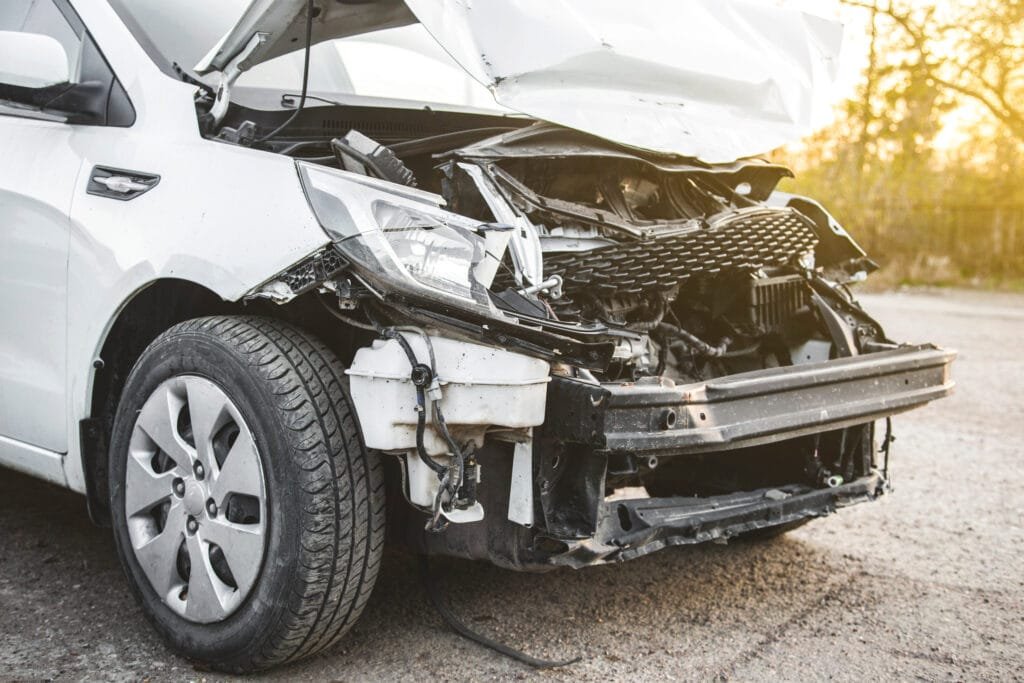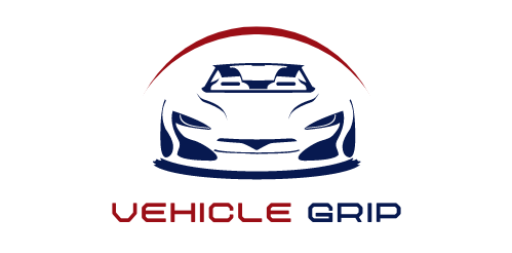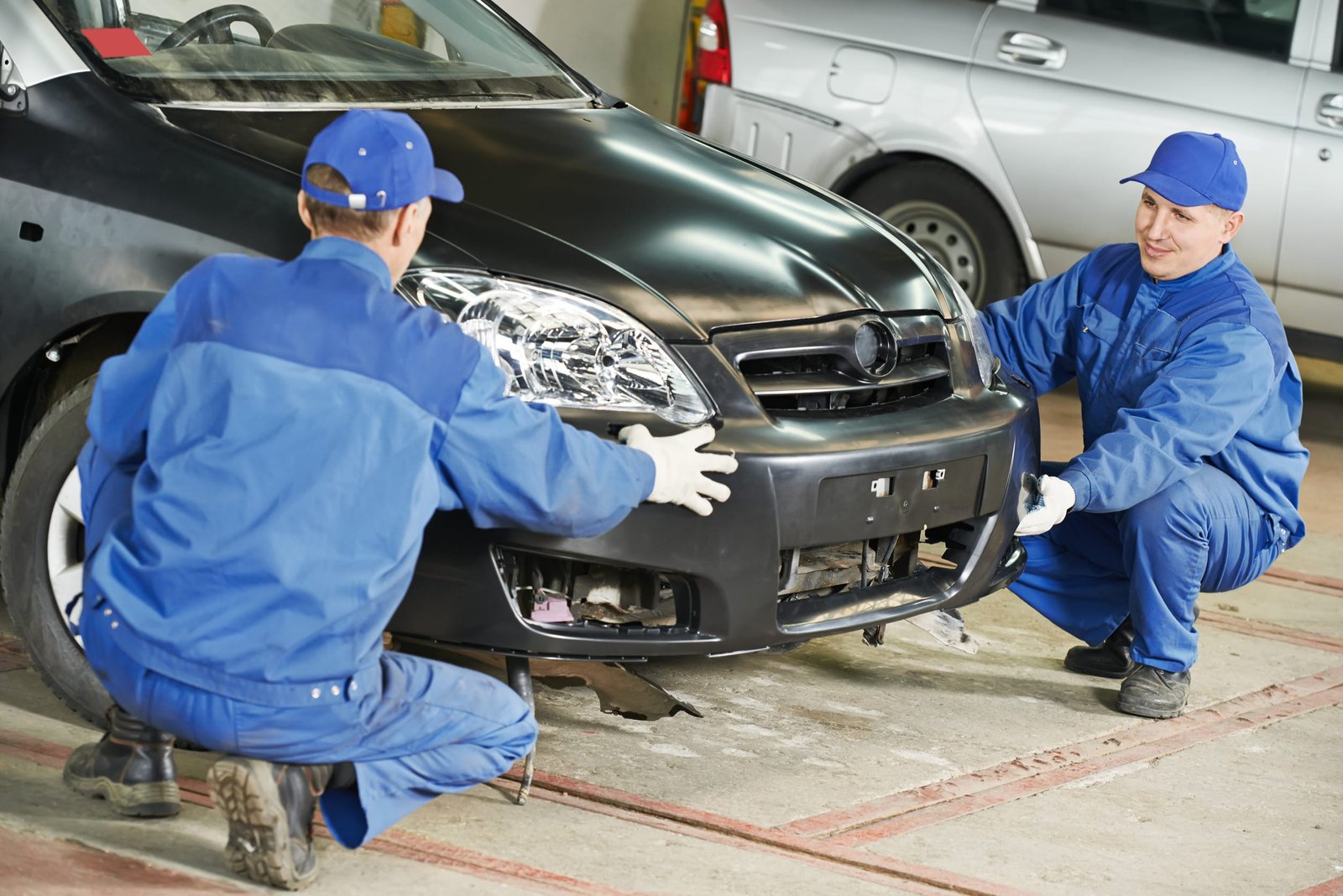Every car owner knows the sinking feeling of noticing a fresh dent, scratch, or scrape on their vehicle. Whether it’s the result of a supermarket car park mishap, a minor collision, or years of everyday wear and tear, car body damage can take the shine off your prized possession. Not only does it affect the aesthetics of your car, but it can also reduce its resale value and, in some cases, compromise its safety.
Restoring your car’s look after accidents, dents, or scratches doesn’t have to be stressful. With the right mix of DIY approaches, professional expertise, and preventative care, you can get your vehicle looking like new again. This guide will walk you through the types of damage, repair options, and how to protect your investment for the long term.
I. Understanding the Types of Car Damage
Before you can decide how to fix your car, it’s important to understand the type of damage you’re dealing with.
1. Minor Scratches and Paint Damage
These are surface-level imperfections caused by keys, shopping trolleys, or tree branches. Shallow scratches usually affect only the clear coat and are easier to repair, while deeper scratches that reach the paint or primer require more work.
2. Dents and Dings
These occur when your car is hit by something blunt, such as a car door in a car park or a rogue football. Small dents may be only cosmetic, but larger ones can affect the panel’s structure and alignment.
3. Major Collision Damage
If your car has been in a significant accident, the damage may go beyond aesthetics. Bent panels, misaligned doors, or even frame damage are common. In these cases, professional car body repair services are essential for safety as well as appearance.

II. DIY Fixes for Minor Car Damage
For minor damage, some DIY options can save you time and money.
- Scratch Repair Kits: These kits are ideal for shallow scratches that don’t penetrate the paint. They usually include a rubbing compound and polish to restore shine.
- Paint Touch-Up Pens: Manufacturers often sell paint pens that match your car’s exact colour. They work well for small chips but won’t blend perfectly on larger areas.
- Dent Pullers: Suction-based dent pullers can be effective for small, shallow dents. However, they require patience and don’t always guarantee a perfect finish.
While DIY methods can be satisfying, they often fall short when dealing with deeper damage or colour-matching issues. Attempting more complex repairs without the right tools or expertise may even make the damage worse.
III. When to Seek Professional Car Body Repairs
There comes a point when DIY solutions aren’t enough. For a flawless finish and long-lasting results, professional car body repair is the way forward.
Professionals use advanced techniques such as:
- Paintless Dent Repair (PDR): A non-invasive method for removing small dents without affecting the paintwork.
- Panel Replacement: For severely damaged panels, replacement ensures structural integrity and a fresh, smooth surface.
- Full Resprays and Blending: Technicians use specialised equipment to perfectly match your car’s paint colour and finish.
For drivers looking for reliable car body repairs in Essex, local specialists such as Intensive Car Unit provide tailored solutions for both minor scratches and major accident damage. Choosing a trusted professional ensures your car is restored to its former glory.
IV. The Process of Professional Car Body Repairs
To understand what happens when you hand your car over to a body shop, here’s a breakdown of the typical repair process:
- Initial Inspection and Estimate
- The repair shop carefully examines the visible and hidden damage.
- You’ll receive a detailed cost estimate and timeframe for the repairs.
- Surface Preparation
- Damaged areas are sanded, cleaned, and primed.
- Rust or corrosion is treated to ensure a long-lasting finish.
- Repairs and Paintwork
- Techniques like dent removal, welding, or panel replacement are applied.
- Paint is mixed and applied with precision for a perfect colour match.
- Finishing Touches
- Clear coats are added for protection.
- The car is polished and detailed to give it a showroom-ready look.
V. Protecting Your Car After Repairs
Once your car has been restored, protecting the new finish is essential.
- Waxing and Polishing: Apply a good quality wax every few months to shield the paint from UV rays and contaminants.
- Car Covers: Use a breathable car cover if your vehicle is parked outdoors to avoid scratches and bird droppings.
- Smart Parking Choices: Park away from crowded spots or tight spaces where door dings are more likely.
- Regular Cleaning: Washing your car frequently prevents dirt and debris from scratching the paint.
VI. Cost Considerations and Insurance Support
The cost of car body repairs varies depending on the extent of the damage.
- Minor Scratches: These can cost as little as £50–£150 to fix.
- Dents: Small dents may range from £100–£300, while larger ones can be more expensive.
- Major Collision Repairs: Costs can run into the thousands if multiple panels or frame work is needed.
If the damage resulted from an accident, your insurance may cover some or all of the costs. It’s important to check your policy and decide whether making a claim is worthwhile, as it could affect your premiums.
VII. Choosing the Right Car Body Repair Service
When it comes to selecting a repair service, not all garages are equal. Here’s what to look for:
- Certifications and Training: Ensure the technicians are properly certified.
- Experience and Reviews: Check customer feedback and testimonials for reliability.
- Warranty on Work: A good body shop will offer guarantees on both parts and labour.
- Transparent Pricing: Request a detailed quote before work begins.
Choosing a trusted local specialist not only ensures quality but also often provides quicker turnaround times compared to large chains.
Conclusion
Accidents, dents, and scratches may be inevitable, but letting them ruin your car’s appearance doesn’t have to be. Whether it’s a small scratch fixed with a DIY kit or a major repair requiring professional expertise, restoring your car’s look is essential for maintaining both pride of ownership and resale value.



